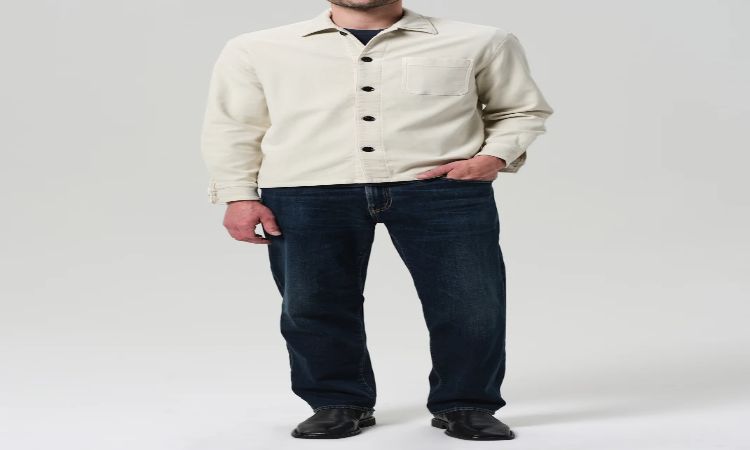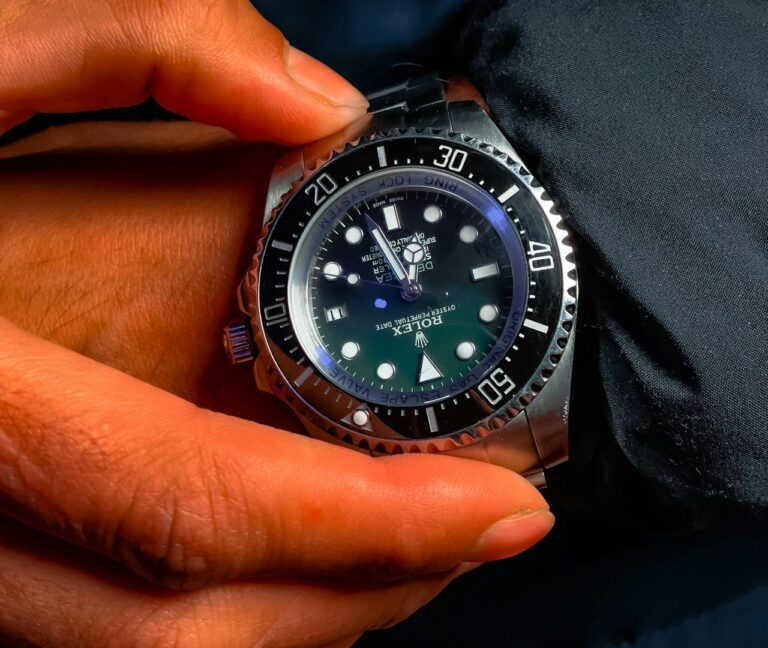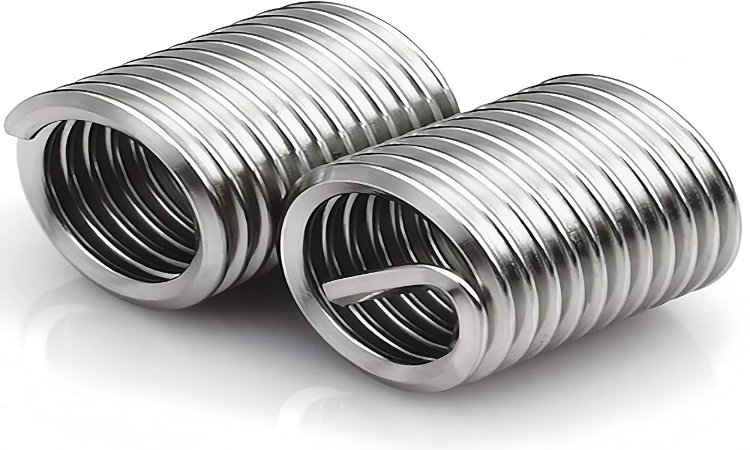
Selecting eyewear involves balancing function and aesthetics to match your specific vision requirements and personal style preferences. Depending on your prescription, there might be other factors to take into account. Here is an overview of key aspects to think about when selecting eye glasses:
Understanding Lens Types
The choice of lenses plays a significant role in addressing your vision needs. Certain prescriptions might not be compatible with every frame. Eye glasses typically fall into one of three categories based on lens function:
- Single-Vision Lenses focus on correcting one field of vision, such as nearsightedness or farsightedness. They suit individuals who require correction only for one distance.
- Progressive Lenses provide a seamless transition between multiple vision zones, eliminating the need for bifocals or trifocals with visible lens lines. This option accommodates adjustments for distance, intermediate vision, and reading distance.
- Anti-Reflective Coating and Blue-Light Blocking options enhance visual clarity and are tailored to specific activities such as computer work by reducing screen glare.
Choose your lens features based on daily activities, work environment, and lifestyle needs. Consulting an optometrist enhances decision-making by addressing your specific vision goals. Their knowledge will help you make the best decision for your needs.
Choosing the Right Frame Material
Frame materials strike a balance between durability, weight, and style, significantly impacting comfort and the overall experience of wearing eyeglasses throughout the day. Metal frames are a durable, lightweight option. Popular alloys like titanium and stainless steel are known for their corrosion resistance and comfort. Acetate frames, on the other hand, are a trendy choice made from hypoallergenic, plant-based plastic. They come in a wide variety of patterns and colors, making them ideal for style-conscious wearers.
Combination frames blend the benefits of both metal and plastic materials, often using metal for strength and plastic for design versatility. When choosing a frame material, it’s key to consider your daily routine and aesthetic preferences. Whether you prioritize durability, lightness, or a bold, stylish look, there are options for every style.
Aligning Frame with Face Shape
Frame styles complementing face shapes enhance aesthetic appeal and comfort. Focus on finding a pair that suits you and makes you feel confident. Choosing frames that contrast with your face shape balances facial features effectively.
- Round Faces work well with angular or rectangular frames, adding definition and length.
- Square Faces suit round or oval frames, softening angular jawlines.
- Oval Faces accommodate most frame styles due to their balanced proportions. Experimenting with unique shapes adds interest.
- Heart-Shaped Faces pair best with frames wider than the forehead, such as cat-eye or aviator designs.
When selecting a frame shape, test different options to pinpoint the ones that enhance facial features while reflecting individuality. Depending on your complexion, you will also want to carefully select the color of your glasses.
Also Read: How Clear Lenses Are Redefining Fashion Eyewear?
Find the Right Eye Glasses
Finding eyeglasses that meet vision and style requirements involves understanding lens options, choosing appropriate frame materials, and selecting frames that suit the facial structure. Each decision impacts how glasses function and how they express your personality. Professional advice from an optometrist can further refine these choices for optimal results. By combining functional lenses with complementary frames, you achieve glasses that offer both clear vision and a style that resonates with your unique look.








